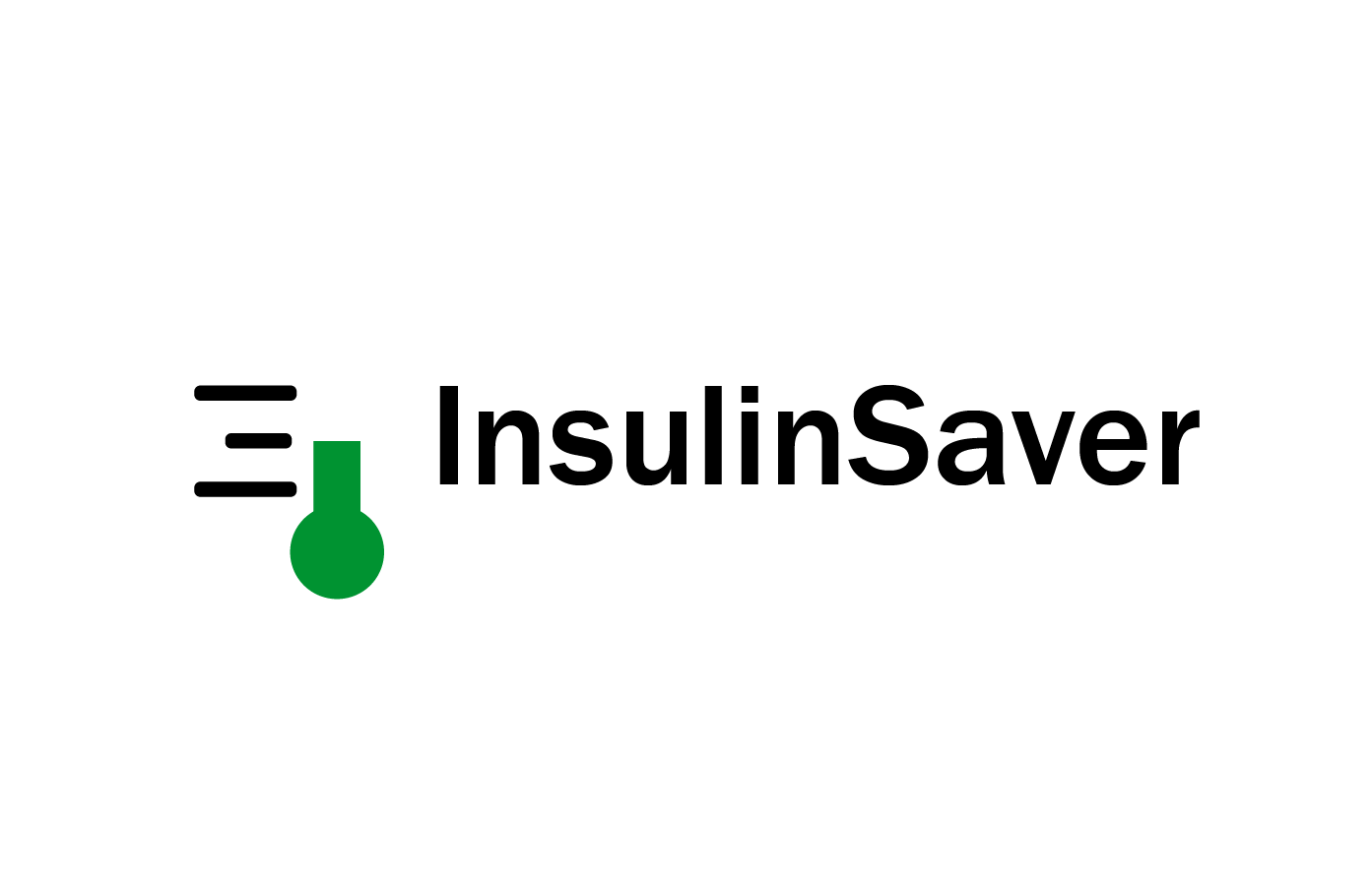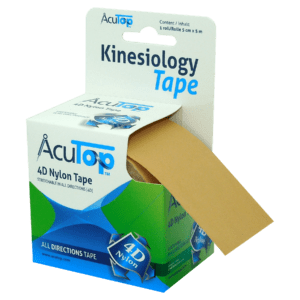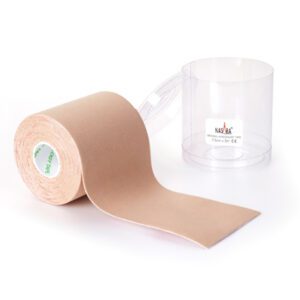“Injekciju Ports I-Port Advance™” pētījumi

- Hanas R, Adolfsson P, Elfvin-Akesson K et al. Indwelling catheters used from the onset of diabetes decrease injection pain and pre-injection anxiety. J Pediatr. 2002;140(3)315-320
https://www.jpeds.com/article/S0022-3476(02)43255-6/abstract
2. Rabbone I, Bobbio A, Di Gianni V, Sacchetti C, Cerutti F. Intensive insulin therapy in preschool-aged diabetic children from multiple daily injections to continuous subcutaneous insulin infusion through indwelling catheters. J Endocrinol Invest. 2008;3 (3):193-195
https://link.springer.com/article/10.1007/BF03345589
3. Blevins T, Shwartz SL, Bode B et al. A study assessing an injection port for administration of insulin.Diabetes Spectr. 2008;21(3):197–202
4. Riley D, Raup G. Impact of a subcutaneous injection device on improving patient care. Nurs Manage. 2010;41(6):49–50
5. A1C values in this study decreased from 9.4 to 8.5 in 6 months a 0.9% decrease. Burdick P, Cooper S, Horner B, Cobry E, McFann K, Chase HP. Use of a subcutaneous injection port to improve glycemic control in children with type 1 diabetes. Pediatr Diabetes. 2009;10:116–119
https://onlinelibrary.wiley.com/doi/10.1111/j.1399-5448.2008.00449.x










































